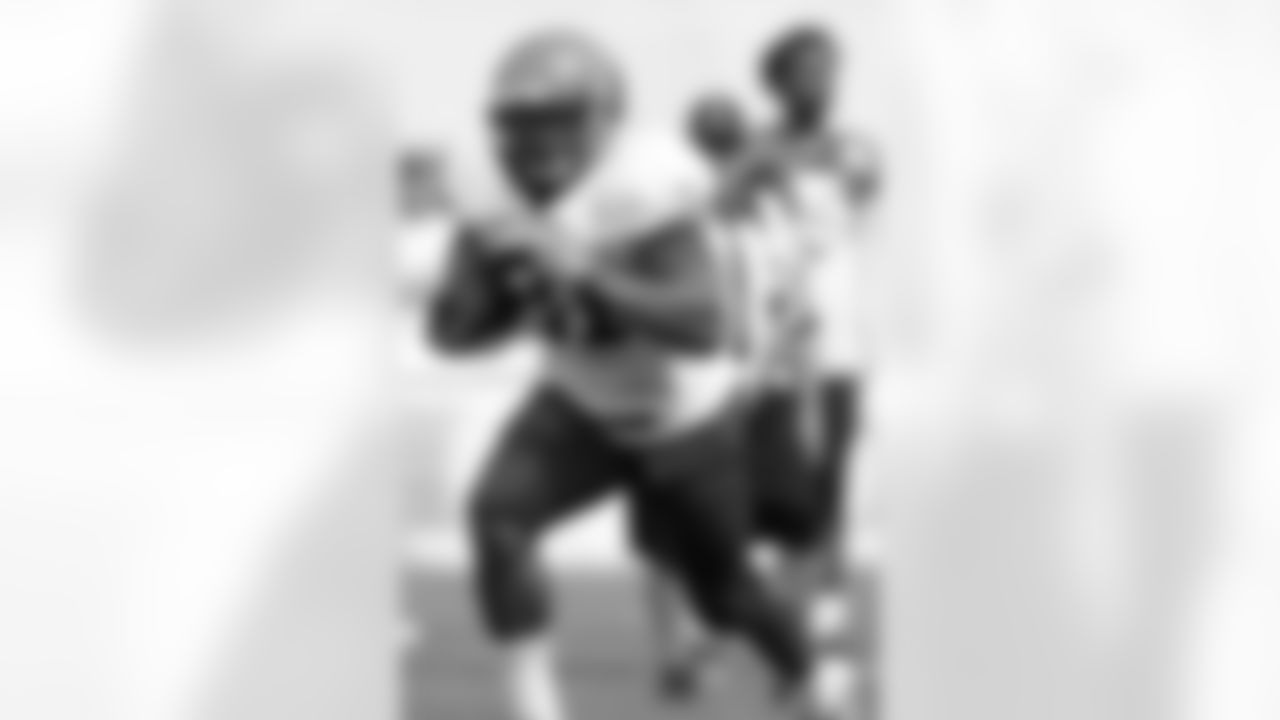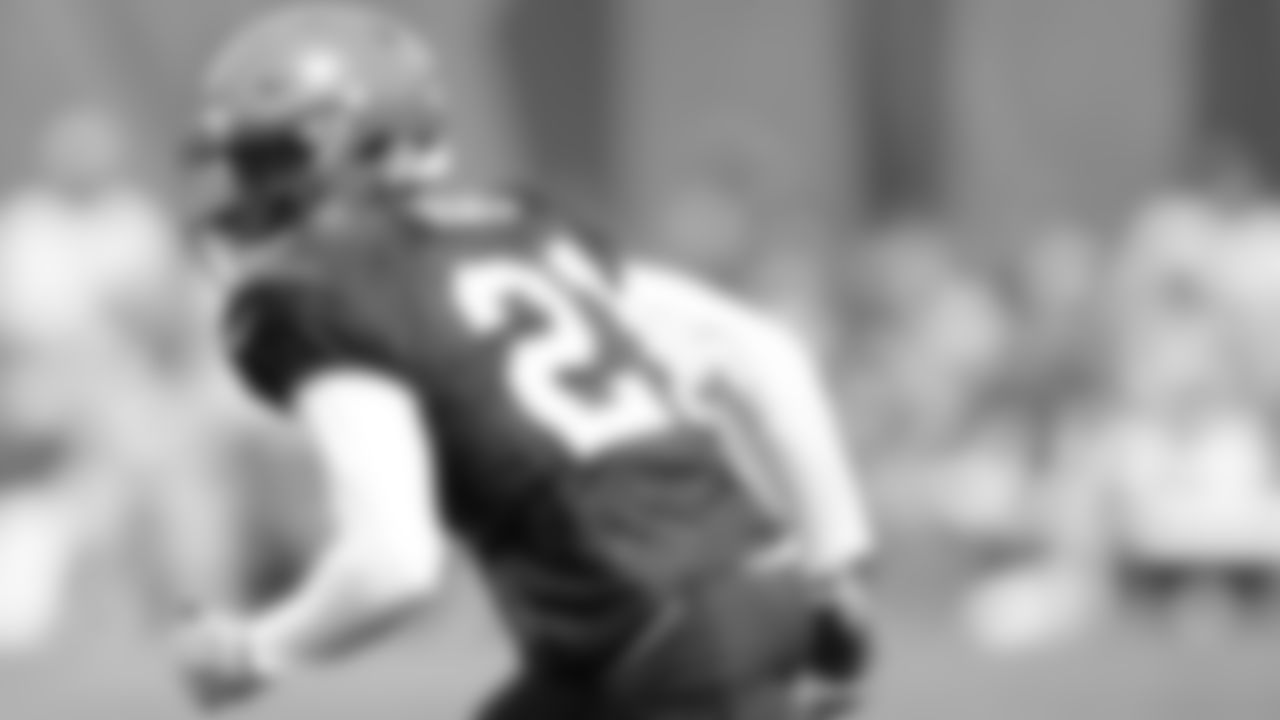A trio of NFL officials discussed new rules such as leading with the helmet, a tweak to the catch rule and a change to the kickoff formation with Browns players and coaches Thursday in an attempt to provide a clearer understanding before the start of the season.
The rule regarding the use of the helmet is the most drastic change. The league no longer limits the use of the helmet for the head or neck area. It is now illegal to lead with the crown of the helmet toward any part of the body and a failure to abide could result in a 15-yard penalty and possible ejection. A player cannot lower his helmet to "establish a linear body posture prior to initiating and making contact with the helmet." A player also cannot "deliver a blow with an unobstructed path to his opponent," and a player cannot use "illegal helmet contact when it is clearly avoidable."
Browns head coach Hue Jackson is aware of the new rules and has been talking with the team about them.
"I brought it up to the team before we ever started putting on the pads because I thought that I needed to make that an emphasis," Jackson said. "It is going to be different. Tonight, the officials will talk to the team and really give them an idea of exactly what they are looking for."
Although he knows the rules are designed to help with player safety, Jackson is in the majority around the league. Everyone has his share of questions. He hopes they are all answered before the games start to count.
"If I am a ball carrier and someone is coming at me, how do I protect myself?" Jackson said. "If I am on the sideline and I turn back into a player, how do I protect myself? I think that all of those are real questions that have to be answered, and I think that we will get some answers tonight."
Browns hold final practice before intrasquad scrimmage.
























Another point of emphasis is the catch rule. Now, once a player has control of the ball, two feet or another body part down, and: reaches, makes a third step or football move, it is considered a catch. A player does not have to maintain contact all the way to the ground. Before this season, the rule was unclear, and the officials are hoping this rule clears any fog with how the rule is interpreted.
Along with those, the player 'giving himself up' is another point of emphasis. If a player slides, head or feet first, with the ball, he is considered down where his first body part, aside from his hand or foot, hit the ground. Defenders do not have to initiate contact for him to be down.
Other rules include:
— If a player bats the ball out of bounds, his team will receive a 10-yard penalty and a loss of down.
— The spot of the next snap after a touchback resulting from a free kick will be at the 25-yard line.
— If a team scores a touchdown with no time left on the clock, it does not have to kick the extra point or two-point conversion if it doesn't affect the outcome of the game.
— Beyond 5 yards, a defender cannot initiate contact with a receiver who is attempting to evade him. A defender may use his hands or arms only to defend or protect himself against contact by a receiver.
— Gunners cannot use the sideline as a clear pathway to run downfield on punt coverage. They must return to the playing field as quickly as possible.














